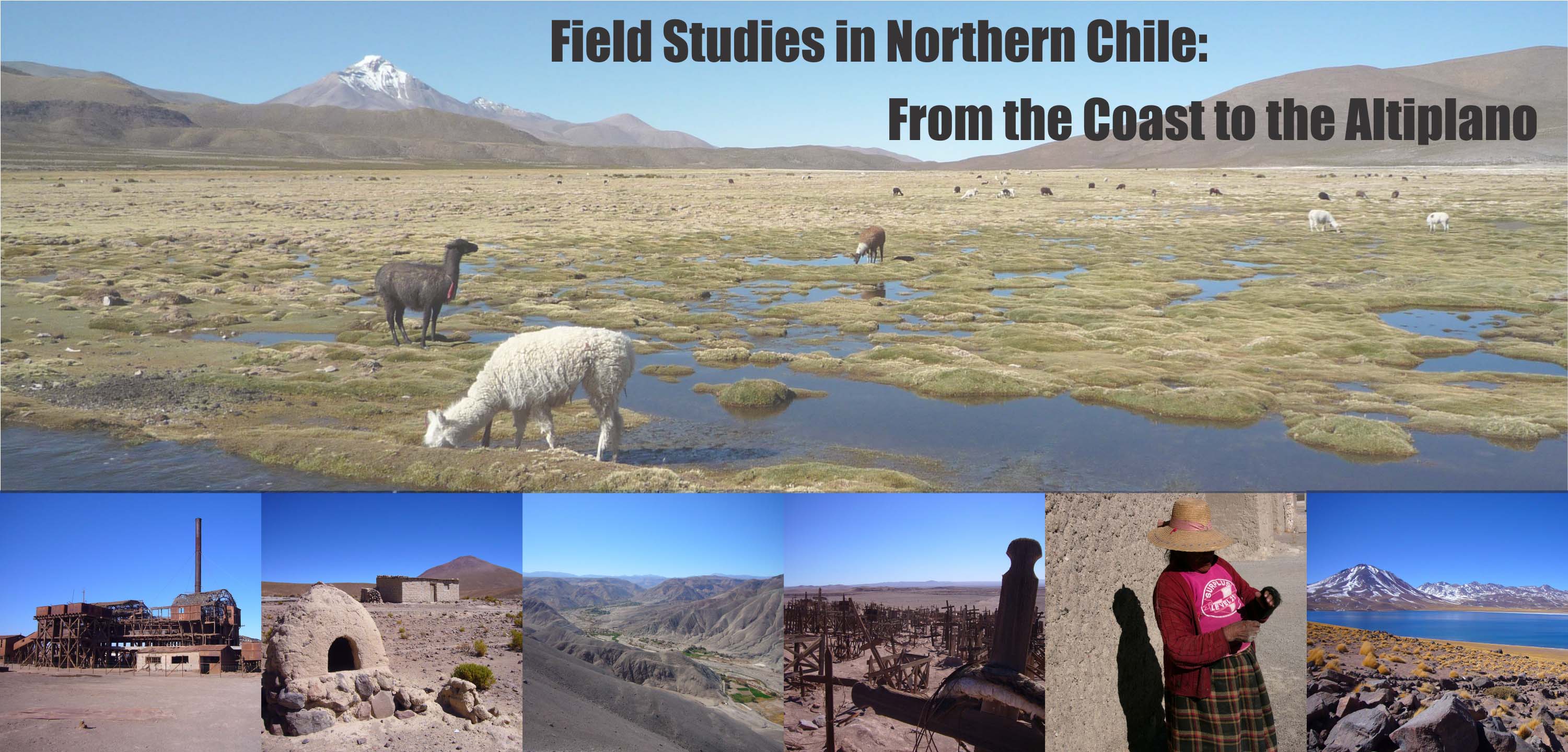
| Chile Course: Summer 2014 |
 |
| Host University: Shippensburg University, Department of Geography-Earth Science Instructors: Drs. Paul Marr and Claire Jantz Openings Available: 10-15 people Travel Dates: mid-May / early-June Cost: $3,400 - $3,600 (excluding tuition) Payment Schedule: $200 non-refundable deposit - November 29, 2013 $500 installment - January, 2014 $500 installment - February, 2014 Balance due - March, 2014 For more information contact: Dr. Paul Marr or Dr. Claire Jantz Click here to download the itinerary. Click here for course flier and FAQ. Click here to open a Google Earth file of locations visited during the course. | ANNOUNCEMENTS: Friday, November 8, 2:00-3:00pm, Shearer Hall 109: Meeting with Eric Dinsmore from the Financial Aid office. Airline tickets have dropped in price, ranging from $840 - $1100 (down from $1700). We would like to take advantage of this, and may be speeding up the payment schedule to at least cover airfare. Please email pgmarr@ship.edu for more information. |
| Course Description(s): Students may sign up for ONE of the following two courses: GEO 190: General Education, Regional Geography of Northern Chile (6 credits) Click here for the syllabus or GEO 450: Geography-Geology Field Studies in Chile (6 credits) Click here for the syllabus General Description: Two week regional field study observing and analyzing the physical and cultural landscapes of the northern Chilean coast, the Atacama desert, and the Andean dry puna. Topics covered will include (but are not limited to):
|